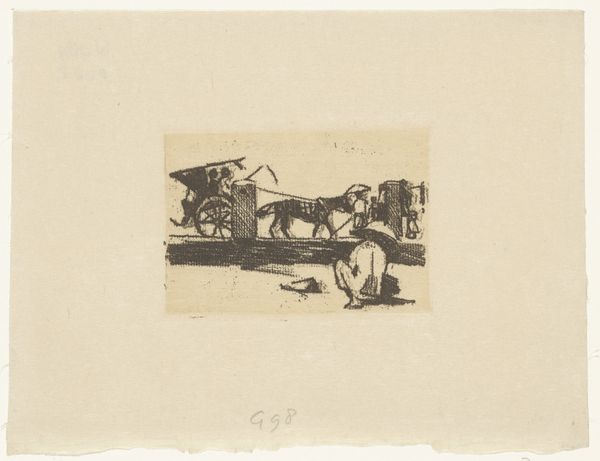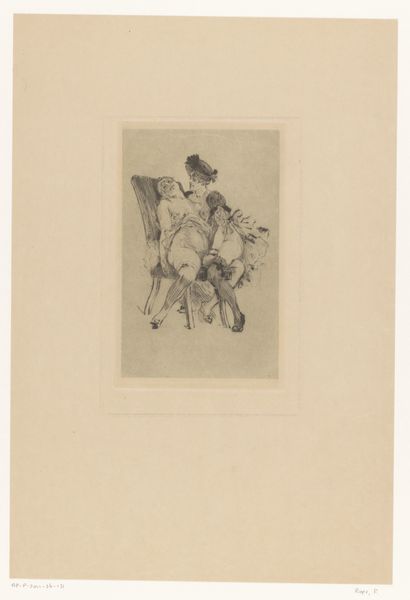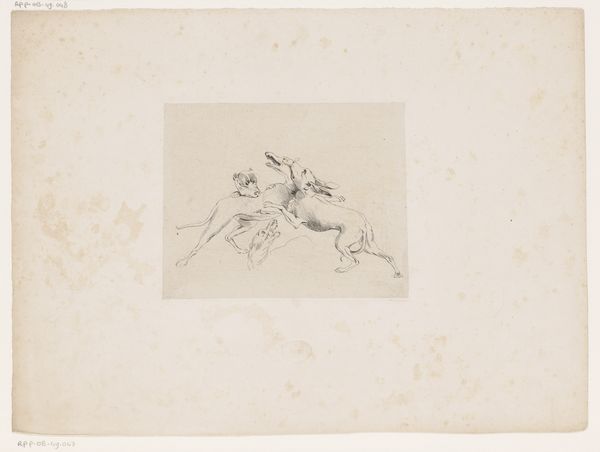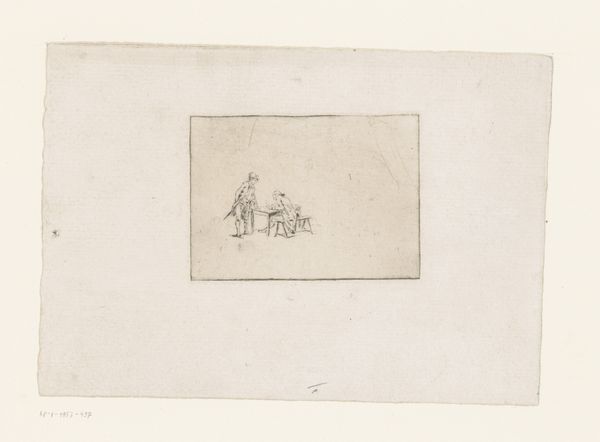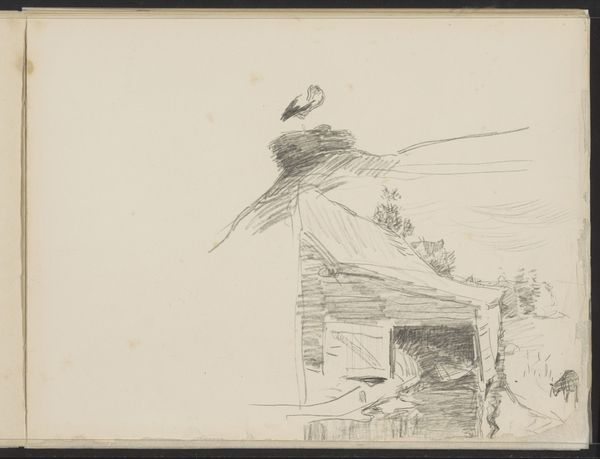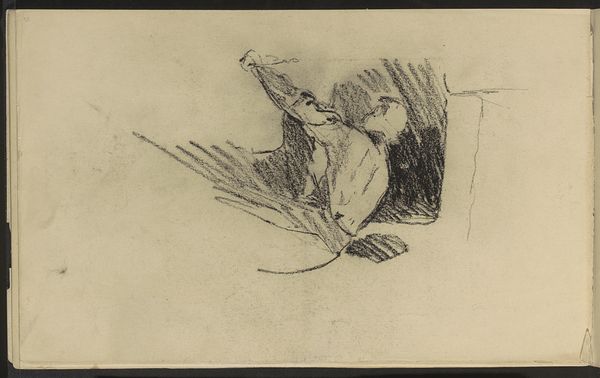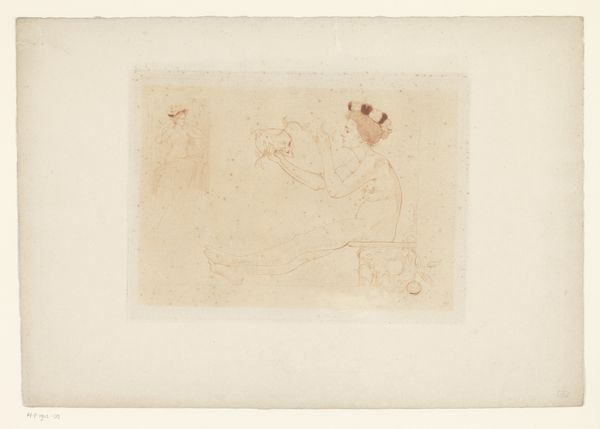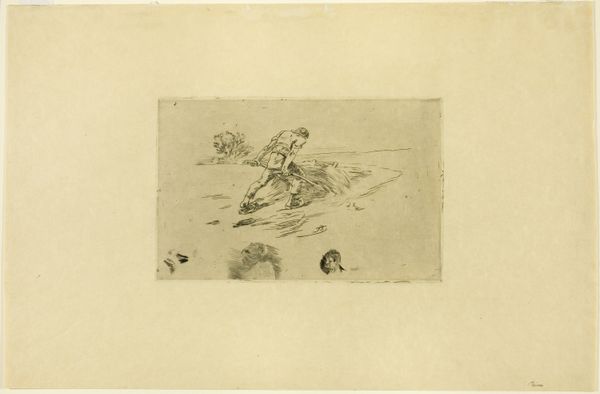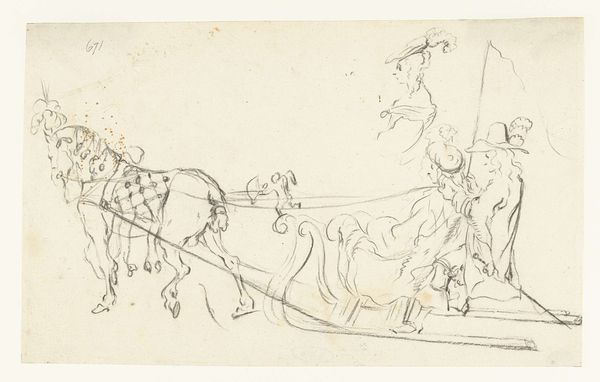
drawing, lithograph, print, paper
#
portrait
#
drawing
#
lithograph
# print
#
impressionism
#
figuration
#
paper
#
group-portraits
#
genre-painting
Dimensions: 235 × 277 mm (image); 396 × 570 mm (sheet)
Copyright: Public Domain
Editor: This is "Dancers at the Bar," a lithograph by Georges-William Thornley, made around 1889-1890. I'm struck by how the medium softens what I imagine the harsh realities of a dancer's life to be. What stands out to you when you look at this? Curator: It's tempting to see Impressionist works like this through a romantic lens, but I think it's critical to question whose perspective is being centered. Consider the rigorous discipline required of these dancers, often young women, and the power dynamics at play within the Parisian ballet scene at the time. How might factors like class and gender shape their experiences? Editor: That makes me see it differently! I was focused on the soft color, but the scene is a rigorous exercise. Curator: Exactly. And the composition reinforces that tension. The strong horizontal lines of the bar and the floorboards create a sense of structure, contrasting with the ephemeral quality of the dancers' movements. Does this contrast make you think about societal expectations placed upon women? Editor: Definitely. They're both constrained and striving for something…weightless? Like they have to adhere to all these rigid lines in order to defy gravity. Curator: Precisely. Thornley, and artists like Degas who he was emulating, offer glimpses into a world of physical and social constraints. This print captures a moment of practice, a fleeting image of performers working within a very demanding system. Consider the economics, and how few achieved lasting success versus how many toiled. Editor: That makes me think about who gets to create art, and who becomes the subject. So much is left out of the frame! Curator: Indeed. By examining the social context surrounding artworks, we gain a richer understanding of not only what is presented but also what remains unseen or unspoken.
Comments
No comments
Be the first to comment and join the conversation on the ultimate creative platform.
